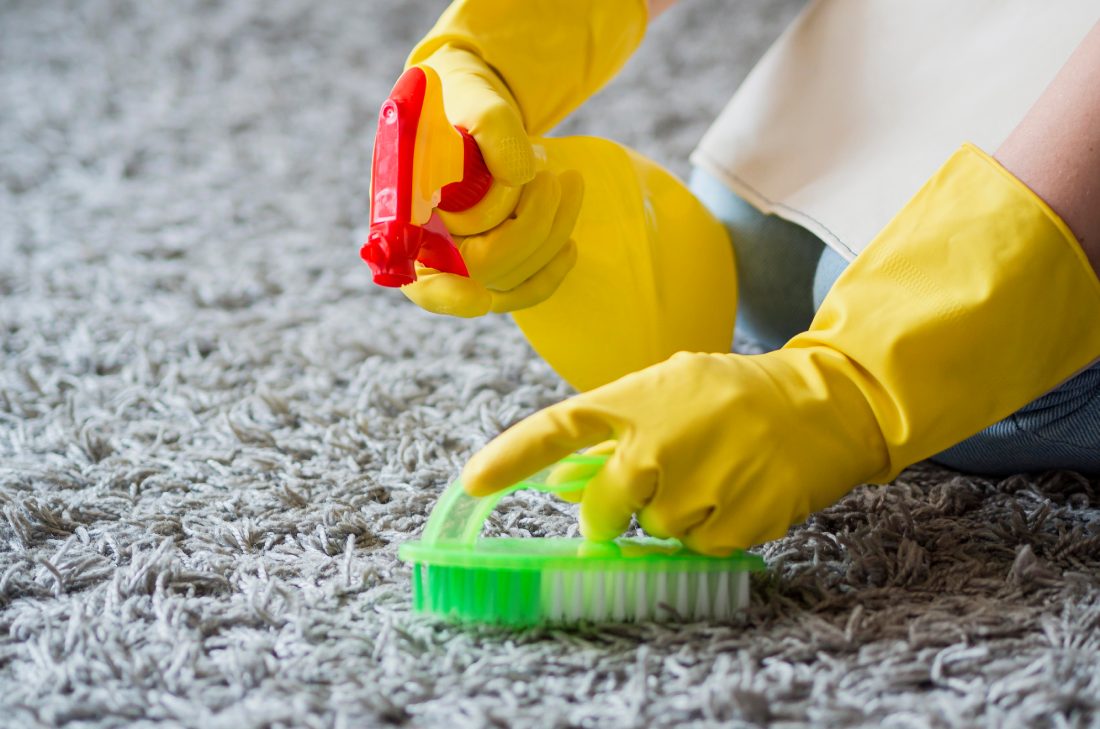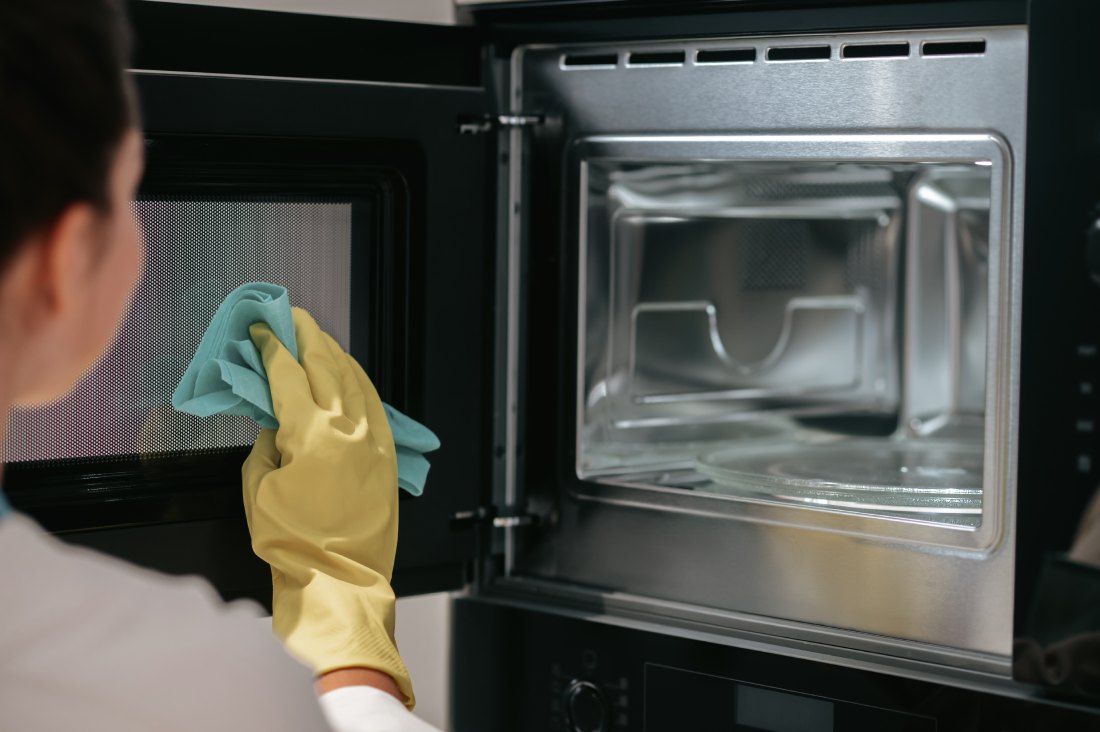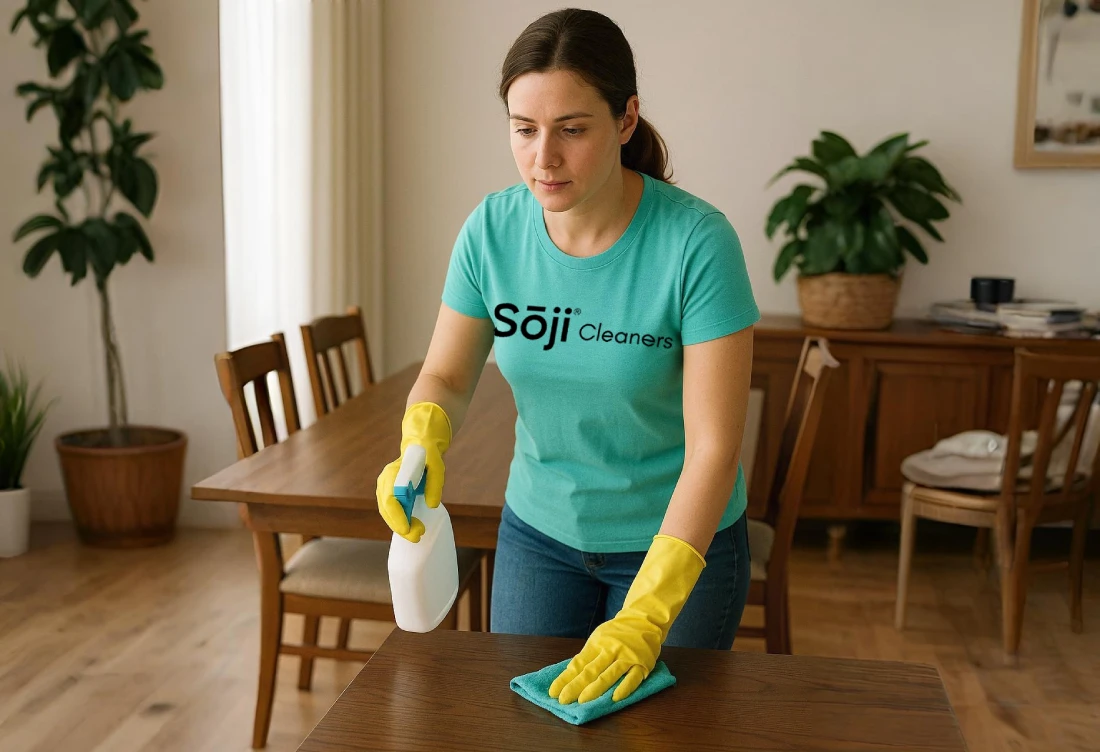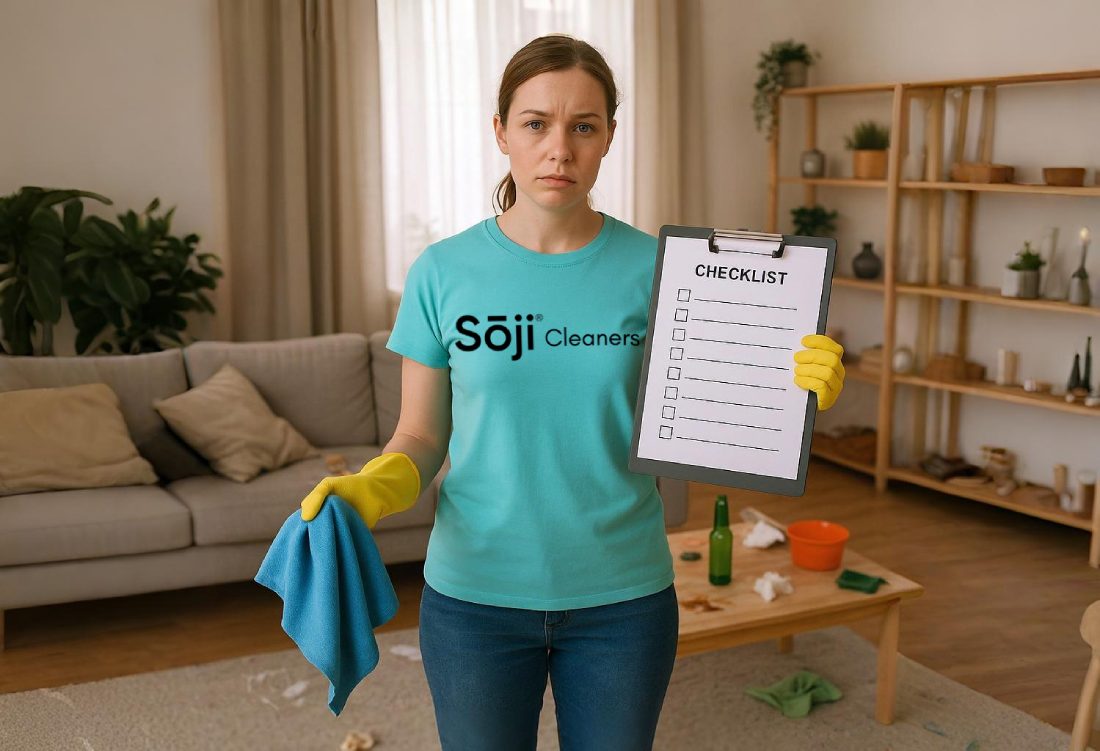Your carpet and furniture do more than complete your home’s look — they help create a comfortable, welcoming space. But over time, they also collect dirt, dust, and allergens that regular vacuuming just can’t remove. That’s where professional carpet and upholstery cleaning makes all the difference.
This article explains how professional deep cleaning improves air quality, extends the life of your fabrics, and helps keep your home truly clean and healthy.
Why Carpet Cleaning Matters More Than You Think
Carpets are like filters — they trap everything from dust and pollen to pet dander and bacteria. While this helps keep particles out of the air, it also means they build up over time. Eventually, those trapped pollutants can cause odors and affect your indoor air quality.
Professional steam cleaning uses high temperatures and extraction to remove hidden dirt and contaminants that household vacuums leave behind. This deep-clean process not only refreshes your carpet’s appearance but also creates a cleaner, safer living environment.
Pro tip: Experts recommend cleaning your carpets at least once every 12–18 months, depending on foot traffic and household activity.
The Hidden Benefits of Upholstery Cleaning
Like carpets, upholstered furniture quietly absorbs dust, oils, and allergens. Even if it looks clean, it can harbor bacteria and odors that spread throughout your home. Professional upholstery cleaning helps:
- Remove allergens and bacteria that cling to fabric fibers.
- Revive color and texture by lifting out dirt without damaging materials.
- Extend the lifespan of your sofa, chairs, and other pieces.
Many homeowners notice an immediate improvement in air freshness and comfort after professional cleaning. Upholstery cleaning isn’t just about looks — it’s about the health and longevity of your home environment.
Why DIY Cleaning Often Falls Short
DIY carpet or upholstery cleaning machines can be tempting, but they rarely achieve professional results. Common issues include:
- Too much moisture, which leads to slow drying and mildew.
- Residue build-up from over-the-counter detergents that attract more dirt.
- Inconsistent cleaning, leaving deeper stains untouched.
Certified technicians use commercial-grade equipment and specialized solutions tailored to each fabric type, ensuring a thorough, safe, and residue-free clean.
Protecting Your Investment with Regular Maintenance
Replacing carpets or furniture is costly — but professional cleaning helps delay that expense. By removing abrasive dirt particles and restoring fibers, regular service keeps your home’s most-used surfaces in excellent condition for years.
If you live in Northeast Ohio, Orion Cleaning Solutions has been helping homeowners protect their carpets and furniture since 2007. Their team uses advanced steam cleaning and eco-conscious methods designed to restore freshness and extend the life of your furnishings.
The Process: What to Expect from Professional Cleaning
A quality service typically includes:
- Inspection and Pre-Treatment: Technicians identify stains, fabric types, and problem areas.
- Deep Steam Cleaning: Hot water extraction loosens and removes dirt, allergens, and residues.
- Deodorizing and Spot Protection: Optional treatments keep your surfaces cleaner for longer.
- Quick Drying: With professional-grade equipment, most surfaces dry within a few hours.
Homeowners appreciate the convenience — and peace of mind knowing that their living space is truly clean from the inside out.
When to Schedule Your Next Cleaning
- Every 12 months for regular maintenance
- Every 6 months if you have pets or allergies
- After renovations or moving into a new home
Scheduling regular cleanings can significantly improve indoor air quality, especially during seasonal changes when allergens tend to spike.
Final Thoughts
Carpet and upholstery cleaning is more than a cosmetic service — it’s a practical investment in your family’s health and home comfort. Regular professional care helps prevent long-term damage, improves air quality, and keeps your home looking and feeling fresh.
If you’re considering scheduling your next deep clean, visit Orion Cleaning Solutions’ carpet cleaning page
to learn more or request a free quote online.







